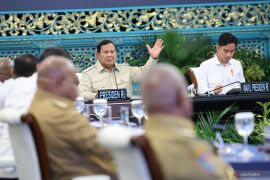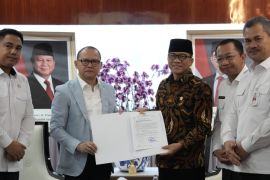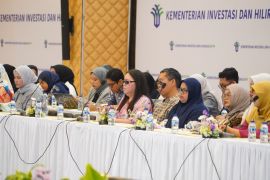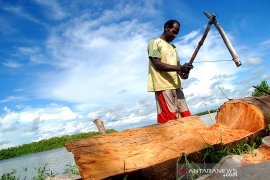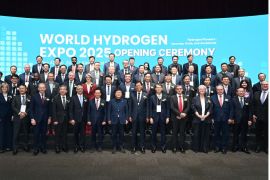"Indonesias biggest rubber export destination, China, has also cut its procurement due to abundant rubber stocks," secretary of the Indonesian Rubber Association (Gapkindo) chapter of North Sumatra Edy Irwansyah stated here on Thursday.
The price has remained at a low level because the exchange rate of the Japanese yen against the US dollar has appreciated, while, on the other hand, the price of CPO has dropped, and the price of crude oil continues to fluctuate, he added.
He noted that the price of commodities was apparently affected by varied factors, and in the past few years, the impact of the global crisis has affected the price of commodities.
"The exporters have become more prudent while conducting transactions to avert bigger losses," he claimed.
On January 16, the price of SIR 20 rubber at the Singapore exchange closed at US$2.18 per kilogram for shipment in February and US$2.17 per kilogram for delivery in March.
The price was lower than that of January 10, which was recorded at US$2.20 per kilogram.
The downward trend of the export price has automatically led to a drop in the domestic selling price of raw rubber, he remarked.
Earlier, the factory price of raw rubber was recorded between Rp22,072 and Rp24,072 per kilogram, and on January 16, its selling price ranged between Rp21,594 and Rp23,594 per kilogram.
"If the price continues to spiral downwards, the foreign exchange income could be lower than that in 2013 (until November), which according to the Central Bureau of Statistics (BPS), was recorded at US$1.931 billion," he claimed.
K. Siregar, a rubber farmer in North Sumatra, admitted that the price of rubber at the farmer level has not significantly changed from that in 2013, which was around Rp ten thousand per kilogram.
"The low price is a matter of grave concern for the farmers, since production has continued to drop as a result of the bad weather," he stated.(*)59
Editor: Heru Purwanto
Copyright © ANTARA 2014


